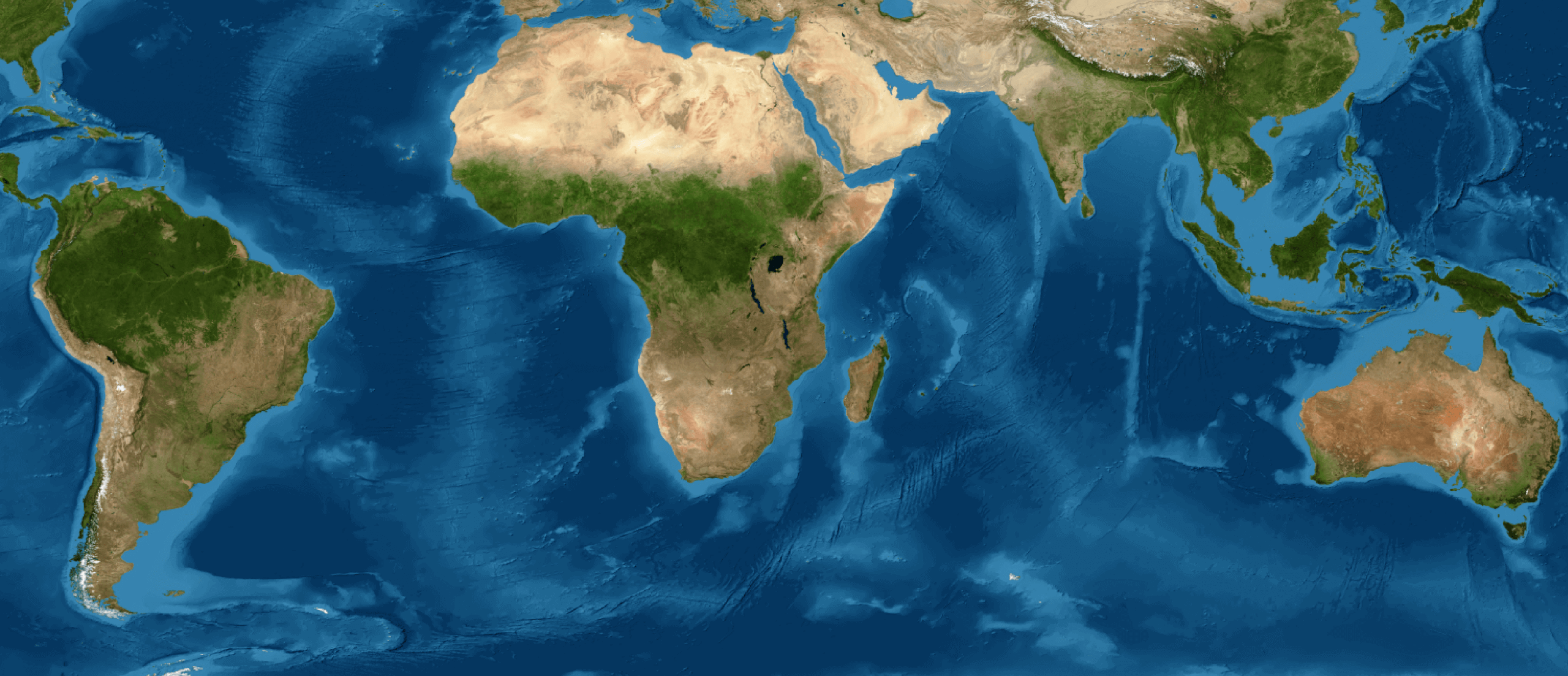MapBiomas Alert is a system for validation and refinement of alerts on deforestation/conversion of native vegetation in all Brazilian biomes using high-resolution imagery.
This system is being developed and continuously improved by the collaborative network of MapBiomas co-creators, with input from government agencies (e.g., MMA, IBAMA, SFB, ICMBio, MPF, and TCU) and alert providers (e.g., INPE, IMAZON, University of Maryland, ISA, and others).
WARNING!
MapBiomas Alert publishes any and all loss of native vegetation detected by alert provider systems and validated through high-resolution satellite images. MapBiomas does not define the legality, responsibility, and/or restrictions related to the validated deforestation alerts published on this platform. The assessment of such matters lies exclusively within the competence of public agencies and/or private and financial institutions that have free access to the data provided by MapBiomas Alert. MapBiomas is not responsible for the decisions made by these agencies and institutions based on the published alerts, as they represent objective and concrete data about the existence of deforestation or conversion (loss of native vegetation).
Here are some clarifications about the scope and limitations of the alert data:
- Alert Period: The operational phase aims to evaluate all deforestation alerts detected in the country starting from January 2019. Alerts prior to this period (October to December 2018) represent the pre-operational phase, with a sample of alerts from that time, and do not appear in the statistics or on the map (they remain in the platform's database for consultation through their respective alert codes only). The detection date is the date on which the alert was generated by the providers (e.g., DETER, SAD, GLAD, among others) and does not necessarily represent the moment the deforestation occurred. Deforestation detected in 2019, for example, may have started or taken place in 2018. The data for the current year are always partial and subject to change due to the time required for processing and publication of alerts. When the data for a year are consolidated, we systematize and publish the Annual Deforestation Report (RAD), which is available on the MapBiomas Alerta website (http://alerta.mapbiomas.org/relatorio).
- Alert Area: During the polygon refinement stage, a generalization process is applied that may cause a variation of up to 5% (either increase or decrease) in the final area. The minimum deforestation area required for publication on the MapBiomas Alerta Platform is 0.3 hectares. To be considered an overlap with the CAR (Rural Environmental Registry), the minimum area is also 0.3 hectares.
- Non-woody vegetation: MapBiomas Alerta uses deforestation indicators from the following systems: DETER/INPE, SAD/IMAZON, GLAD/University of Maryland, SIRAD-X/ISA, SAD Caatinga/UEFS-Geodatin, SAD Atlantic Forest/SOS Mata Atlântica–Arcplan, SAD Pantanal/SOS Pantanal–ArcPlan, SAD Pampa/Geokarten–UFRGS, and SAD Cerrado/IPAM. Among these systems, only DETER-Cerrado generates alerts for non-woody vegetation. Therefore, only in the Cerrado biome is deforestation in grassland vegetation monitored. In the other biomes, deforestation in non-woody vegetation is only identified on the MapBiomas Alerta platform when it is associated with signs of deforestation in forest and savanna formations. (See more about the data sources and methodology at http://alerta.mapbiomas.org/.)
Explanatory Note on Deforestation in the Pampa biome (only in Portuguese). - Embargoes: MapBiomas uses and consumes the embargo database of environmental agencies (IBAMA, ICMBio, and some state environmental agencies). These databases may be outdated or incomplete.
- Cadastro Ambiental Rural: rural properties data is consulted in the SICAR geo-service. Properties registered in the states that have not been syncronized with SICAR are not included.
- Authorizations for the Suppression of Native Vegetation: The authorizations for alternative use and suppression of vegetation, as well as forest management plans, are sourced from SINAFLOR/IBAMA, which integrates data from all Brazilian states with limitations on updates. For the states of Pará and Mato Grosso, the information was obtained from the geo-services of the respective SEMAs (https://monitoramento.semas.pa.gov.br/monitoramento/#/sig and http://monitoramento.sema.mt.gov.br/simlam/). Authorizations made at the municipal level may be incomplete, as well as authorizations issued by states before the implementation of SINAFLOR in 2018.
- Legality, Responsibility, and/or Restrictions Regarding Validated Deforestation Alerts Published on the Platform: MapBiomas does not conduct this type of evaluation. It is the responsibility of users (environmental agencies, financial institutions, etc.) to seek this information from the relevant authorities or their clients.
- Pending Alerts: The purpose is to review all alerts generated by the main systems; however, some alerts may have pending validation for various reasons (e.g., lack of image due to cloud cover, excessive alerts in months with a higher quantity of deforestation, etc.). The number of pending alerts may vary over time, as they are continuously produced and published.
- Omissions: MapBiomas does not generate its own alerts and relies on the quality of the systems operating in Brazilian territory to avoid omissions. The development of new alert detection systems and their inclusion as sources in MapBiomas Alert has reduced omissions and allowed for the accurate identification of deforestation in all biomes.
- Some alerts have been reviewed after publication on the platform and CANCELED due to reasons such as pasture or boundary cleaning, silviculture, or others. These alerts do not appear in the statistics or on the map. However, they remain in the platform's database for consultation using their respective alert codes.
- The MapBiomas Alerta initiative is constantly being improved and updated so that information that qualifies the alerts (SIGEF properties, CAR properties, limits of Conservation Units, authorization for vegetation suppression or alternative use of the land, embargoes and releases, inspection actions, etc.) is as up-to-date and complete as possible. We always make available the source, month and year that these databases were consulted so that users, when necessary, can use the most up-to-date official information in their analyses and decisions.
If you have suggestions, criticisms, or ideas to improve the work, please contact us via email: suporte.alerta@mapbiomas.org.

